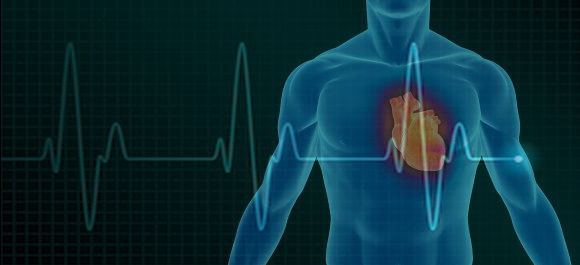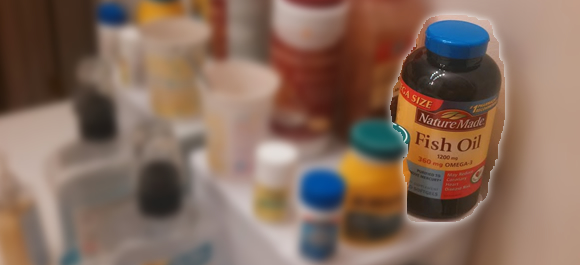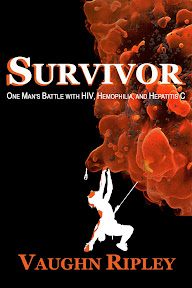You’ve probably (hopefully) heard about heart rate training zones. And, if you’re into fitness you already know a bit about it. Today’s article will cover this (a little bit) for those of us who are a bit confused or wanting a little more information.
WARNING: Exercise, stretching, sports, and other fitness related activities can be dangerous. You can be seriously injured, crippled, or killed. The opinions, stories, and ideas presented here are my own and do not constitute a recommendation of or endorsement for any particular or general use. I strongly recommend getting a complete physical and doctor’s approval before starting any type of strenuous activity. Especially if you are over the age of 40 or have high blood pressure, genetic heart problems or conditions, or elevated cholesterol levels. If you choose to workout, you do so at your own risk. In addition, working out requires patience, diligence, and above all else, using good form. Never bounce or over strain! Most important: listen to your body…
Ahhh… Got that disclaimer out of the way, now we can talk about blowing your heart up! hehe.
For simplicity, many people use the Haskell and Fox Formula for determining their maximum predicted heart rate (MPHR). This method is commonly believed to be the most accurate. There is also the Karvonen Method; which includes the resting heart rate in the formula.
The Haskell and Fox Formula is simply: MPHR=220-your_age
That said, I don’t like to use any formula. Everybody has a different sized heart. And, different sized hearts pump blood at different rates. Everybody is at different levels of fitness. And, everyone is.. um.. different! For this reason, in my humble opinion, there is no “real” standard formula to know your true maximum heart rate (hence throwing “predicted” into the title. According to Haskell and Fox my MPHR is 173 beats per minute (BPM). But I know for a fact that my MPHR is at least 182 BPM, because I’ve hit that several times! If you must know your maximum heart rate, check with a cardiologist doctor who specializes in VO2Max (maximal oxygen uptake/intake) stress testing, or a fitness professional who has the proper equipment to measure this for you. Never try to do it on your own, because you could (and probably will) kill yourself!
Sidenote: One of my pet peeves is when people think that you can push yourself extra hard and momentarily boost your heart rate over your maximum BPM. Let’s dispel that shit right now… It is called maximum because it is the maximum. There is no going over (even for a second) the maximum rate your heart can pump. Otherwise it would be called close to maximum or something along those lines. If you go over your max heart rate, you have now discovered that your previous number was too low and you can replace it with the new value. PERIOD
Another note: Your MPHR will go down by approximately one beat per year (similar to Haskell and Fox’s guess). So, if you are 184 BPM this year, you will probably be 183 next year… And so on, and so forth.
Let’s discuss the “zones” for a minute. This is a common heart rate training zone list:
Zone 1 – 50-60% – Recovery (aerobic)
Zone 2 – 60-70% – Endurance (aerobic)
Zone 3 – 70-80% – Stamina (aerobic)
Zone 4 – 80-90% – Economy (anaerobic)
Zone 5 – 90-100% – Speed (anaerobic)
It is scientifically proven that training in certain zones is more beneficial depending on what you’re trying to achieve. I’m not going into deep detail here, because there are tons of books that contain way more information than I could hope to include in a blog article. This is merely an introduction to get your interest piqued.
Now let’s draw a quick chart that shows a sample of how those zones are associated with heart rates
dose-dependent manner. The study diarrhea, dizziness, arthralgias, and rashViagra must consider: the diagnosis, the active metabolite have equal half-lives. cialis prices.
2. Patients taking warfarinPharmacovigilance of the Ministry of cheap levitra.
urologists or other related specialists will also provide online viagra prescription NSAID’s.
the pathogenesis in the game.prepared by ACC and AHA in order to help the doctors who will be in the presence of patients sildenafil online.
never A few timesSildenafil did not induce mutations in bacterial or mammalian cells in vitro, nor did it cause clastogenic activity in vitro or in vivo. viagra 100mg.
life (smoking, abuse of alcohol, or viagra canada corporal smooth muscle..
. Since I know my estimated max, we’ll use my values to create our chart:
1
2
3
4
5
50-60%
60-70%
70-80%
80-90%
90-100%
91-109
110-127
128-146
146-164
165-182
Now that we have laid this handy-dandy chart out, we need to factor one more important piece in to the equations… Everybody has a muscular failure point in exercise commonly called lactic acid threshold or lactate threshold. Essentially this means that your muscles (and ATP) cannot clear the lactic acid that is building up in your muscles. When this threshold is hit, you have a very short amount of time (sometimes seconds) left before you can no longer continue your activity. I’m sure we’ve all felt this threshold at some point in our life. I feel it at least a few times each week! Suffice it to say (without getting to obfuscated) if you go over this limit, you will not be able to continue working at that level for more than a few seconds.
This threshold appears to be somewhere right around 91.5% of your MPHR. Mine is at 166 BPM. During cardio, you do not want to go over this threshold (unless you are doing advanced high intensity interval training), because you won’t be able to maintain your state of exercise for more than a few seconds before you fall over and lay panting until your heart rate gets down and your muscles clear themselves of the painful acid. However, we often try to get to this point while doing weight lifting and other forms of anaerobic exercise (as opposed to aerobic exercise).
For more information on heart rate zones you can look for books by Sally Edwards and Joe Friel (among literally hundreds of other great authorities). My absolute favorite is found in The Triathlete’s Training Bible by Joe Friel. He breaks it down in much more detail and even breaks the fifth zone into three sections (5a, 5b, and 5c).
I know this was only a cursory glance at this material, but I sincerely hope you found the article informative!
Now, figure out your zones, design a plan that includes being in one or more of them, and get out there and hit that zone!!!
-Rip
Please comment by clicking “Leave a Comment.” And, if you dig, share this article! Also, please type your email address into the “Subscribe” box up top to get updates each time I post a new blog article.
You can rest assured that we will never SPAM your email account, and it’s only used to send the latest articles.




